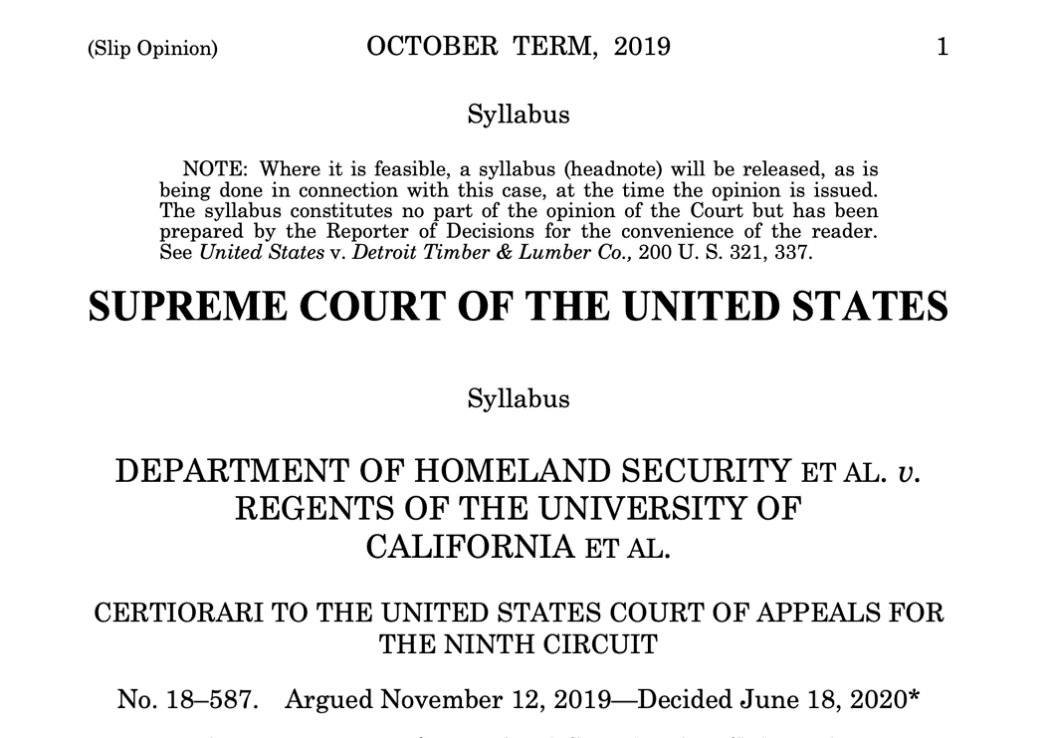
Landmark U.S. Supreme Court Rulings: Shaping Legal Precedents
In the complex tapestry of American jurisprudence, the decisions handed down by the U.S. Supreme Court stand as cornerstones, shaping the very foundation of legal principles and influencing the course of the nation’s history. These landmark rulings, etched in the annals of legal history, have far-reaching implications, impacting not only the litigants before the court but the entire fabric of American society.
Defining Moments in Legal History
Throughout its storied existence, the U.S. Supreme Court has been at the epicenter of some of the most pivotal moments in legal history. From cases that have redefined civil liberties to those that have shaped the balance of power between branches of government, each decision is a brushstroke on the canvas of American democracy.
Protecting Civil Liberties: A Pillar of Justice
One of the key roles of the U.S. Supreme Court is safeguarding the civil liberties enshrined in the Constitution. Landmark decisions such as Brown v. Board of Education and Roe v. Wade have left an indelible mark on the pursuit of justice and equality. These rulings have not only set legal precedents but have become emblematic of the court’s commitment to upholding the fundamental rights of all citizens.
Shaping Legal Precedents: The Domino Effect
U.S. Supreme Court decisions are not isolated events but rather interconnected pieces in a legal puzzle. Each ruling creates a ripple effect, influencing subsequent cases and guiding lower courts in their interpretation of the law. This cascade of legal principles weaves a tapestry of consistency and coherence within the judicial system.
The Court’s Role in Resolving Disputes
Beyond setting precedents, the U.S. Supreme Court plays a pivotal role in resolving disputes that have far-reaching consequences for the nation. Whether it’s a matter of constitutional interpretation, executive authority, or individual rights, the highest court in the land is the ultimate arbiter, providing clarity and resolution to legal uncertainties.
U.S. Supreme Court Decisions: Navigating the Legal Landscape
For those seeking a deeper understanding of U.S. Supreme Court decisions and their impact, exploring a comprehensive resource like U.S. Supreme Court Decisions can be illuminating. This online repository offers insights into the court’s judgments, providing a valuable resource for scholars, legal professionals, and curious minds eager to delve into the intricacies of American jurisprudence.
Dynamic Nature of Legal Interpretation
As society evolves, so too does the interpretation of the law. U.S. Supreme Court decisions are not static; they reflect the dynamic nature of a changing nation. From issues of civil rights to questions of executive authority, the court’s rulings mirror the ongoing dialogue between the Constitution and the realities of contemporary America.
Balancing Act: Judicial Independence and Accountability
The U.S. Supreme Court operates at the intersection of judicial independence and accountability. While justices are insulated from the political pressures of the day, their decisions are not immune to scrutiny. This delicate balance ensures that the court remains a bastion of justice, upholding the rule of law while remaining attuned to the evolving needs of society.
A Lasting Legacy
As we navigate the complexities of the legal landscape, it is essential to appreciate the profound impact of U.S. Supreme Court decisions. Each ruling contributes to the rich tapestry of American law, leaving a lasting legacy that shapes the course of justice for generations to come. In the hallowed halls of the Supreme Court, the past, present, and future converge in a continuous dialogue that defines the very essence of the American legal system.



